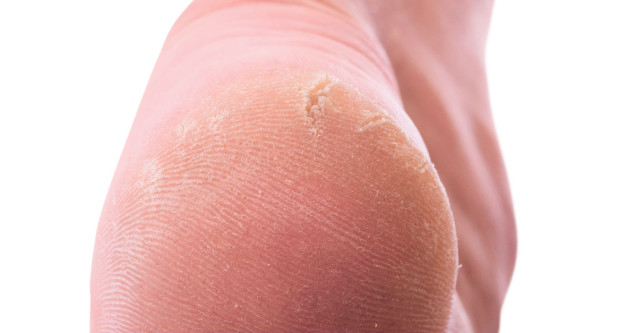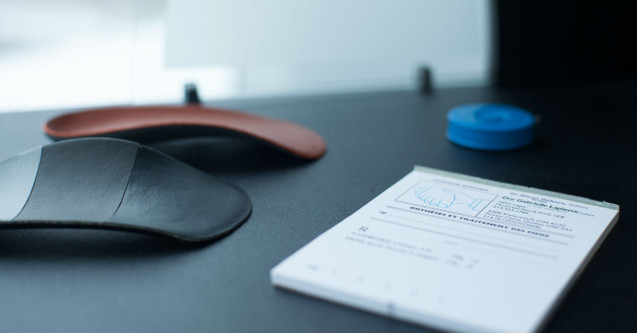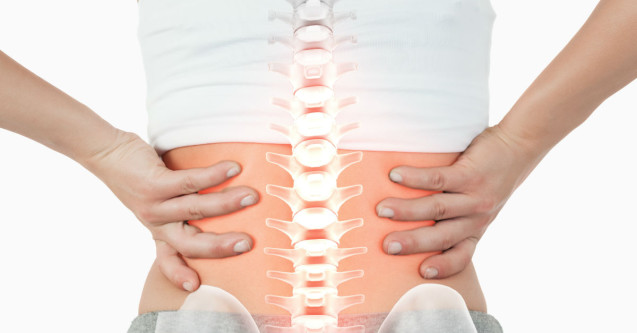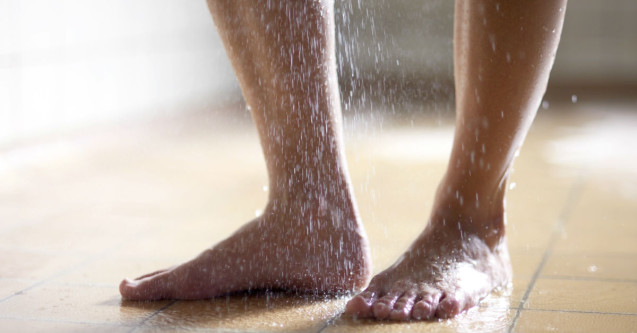Why do I have these painful corns and callus under my foot?
Our feet let us to be quite functional in life, but once corns and callus develop, the discomfort can be unbearable. Corns and callus under our feet affect a large portion of the population but few understand the cause. Unfortunately, many people feel that this skin build-up is normal and they suffer through it, without realizing that there are possible solutions. The main causes of callus and corns under our feet are 1) a strong localized pressure on the bottom of the foot 2) a decreased ability for shock absorption while walking 3) diabetes complications and 4) genetic skin disorders.
1) A strong pressure creates corn under the foot
Our feet are made to support our body weight and thus they help avoid the creation of callus and corns under our feet. However, under certain circumstances, it is possible that our feet are misaligned and therefore unable to promote proper body weight distribution.
For instance, patients with high arches often come to our clinic with calluses under the forefoot. With this high arch, the toes, the forefoot and heels are the only areas touching the ground. As a result, the surface on the bottom of the foot available for weight distribution is limited.
Under this high, concentrated pressure, the deeper skin tissues become inflamed and irritated. Inflammation, redness, heat and pain are often the result. These tissues then become more vascularized, promoting the growth of keratinocytes. These keratinocytes are the cells in the last layer of skin responsible for making the skin thicker.
If the pressure under the foot continues and the problem is not addressed, the skin thickens and hardens. This is the definition of callus.
Corns can also form under these circumstances of increased pressure under the foot. In this case, the skin also thickens and hardens but this change is quite localized, giving the patient the impression of walking on a little rock or pebble.
Once this callus or corn builds up, it becomes difficult to remove the thickness with a file or pumice stone. A podiatrist is well equipped to take care of this thickness without pain.
We often hear that when the corn or callus is not painful and that it is unnecessary to remove them. Actually, the reality is that one should not leave this thickness under the foot for it many become thicker over time and quite painful. Furthermore, with diabetic patients, this thicker skin can create a wound and ulcerate.
The ideal way to prevent callus and corn under the feet is to wear plantar orthotics.
2) Decreased ability for shock absorption while walking
We are all born with a certain thickness of fat under our heels for protection. Some are born with more than others. Unfortunately, we can lose this fat thickness over time. This thinner layer of fat lessens the heel’s ability for shock absorption while walking.
Due to the repetitive force on the heel, the skin thickens in this area. A thicker skin has less elasticity and can gradually crack. These fissures in the heel can lengthen, deepen and become susceptible to infections without treatment. This is another good reason to treat corn and callus under the foot before they develop.
3) Complications associated with uncontrolled diabetes
One of the complications of diabetes is neuropathy. With time, the uncontrolled diabetic can have irreversible damage to the nerves of the lower extremity resulting in a loss of sensation.
Corns and callus under the foot are a response to increased pressure in this area. Since the uncontrolled diabetic does not feel this pressure, these patients are unable to alter their foot position. The pressure is thus maintained and corns and callus under the foot are formed in defence.
Should this build-up of hard skin remain untreated, ulcers of the foot can develop. These diabetic lesions heal with difficulty due to the lack of proper circulation present in these patients.
All diabetics should consider consulting a podiatrist 3 or 4 times a year to receive either a proper foot evaluation, a visit for proper debridement of the corns and callus under the foot or a visit to isolate the regions that have formed hard skin in the past.
4) Genetic or hereditary skin disorder
A genetic skin disorder called palmoplantar keratosis is a hereditary illness that can cause callus and corns under the feet.
Patients with this skin pathology have corns and callus under their feet as well as on the palms of their hands. This thicker skin is present more so in areas of pressure but is also present elsewhere. This build-up of skin on your feet can be debrided by a podiatrist to help lessen any discomfort.
Regardless of the cause of the corns and callus under your feet, whether it be from increased pressure under misaligned feet, from a lack of proper foot shock absorption, diabetes, or a genetic skin disorder, it is time to remedy to it by consulting a podiatrist who can treat you with the necessary treatment. There is many other reason as to why you might have corn under your feet, therefore the best way to go is to consult a podiatrist who can help you identify the cause of the pain!
More




